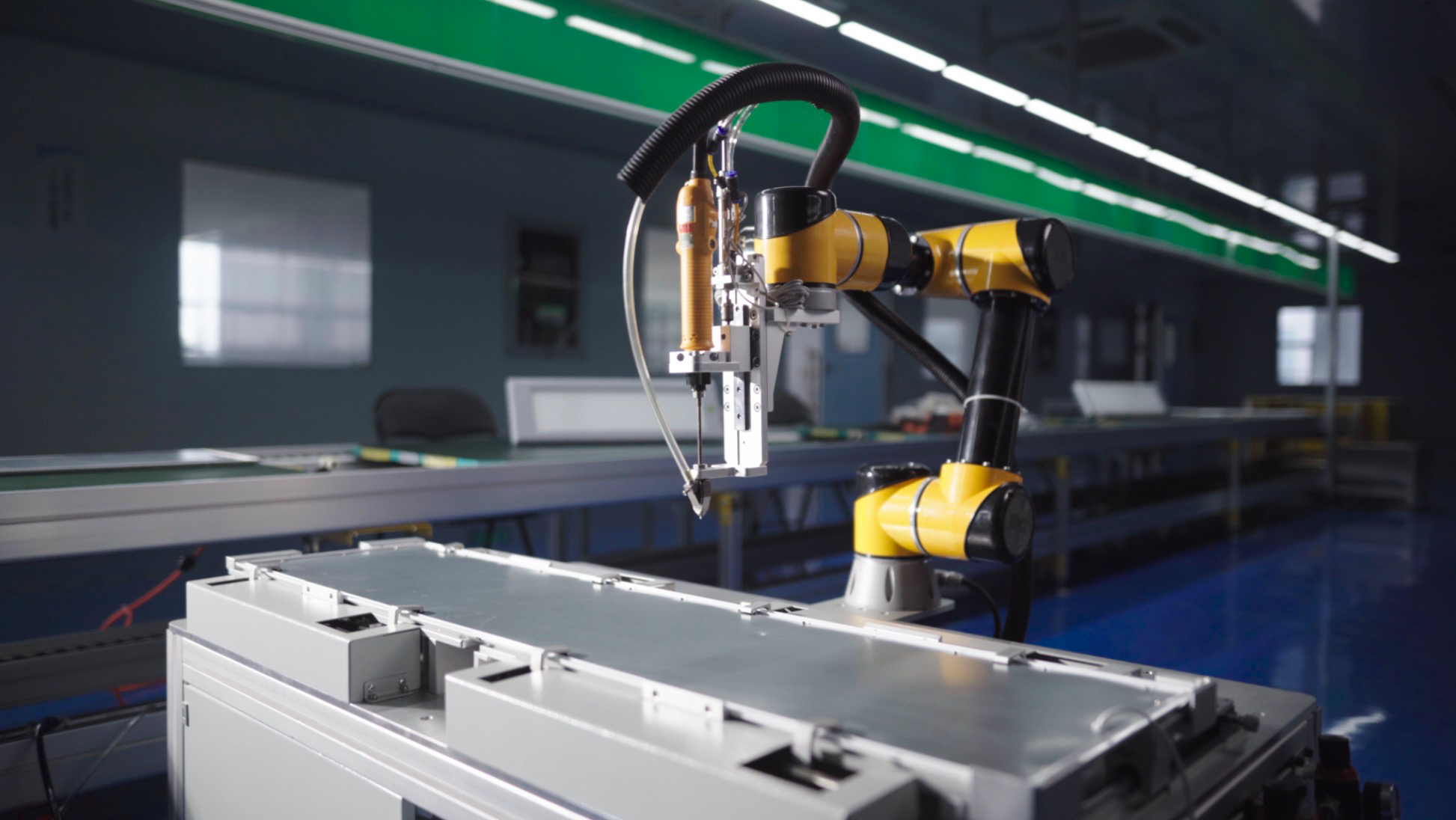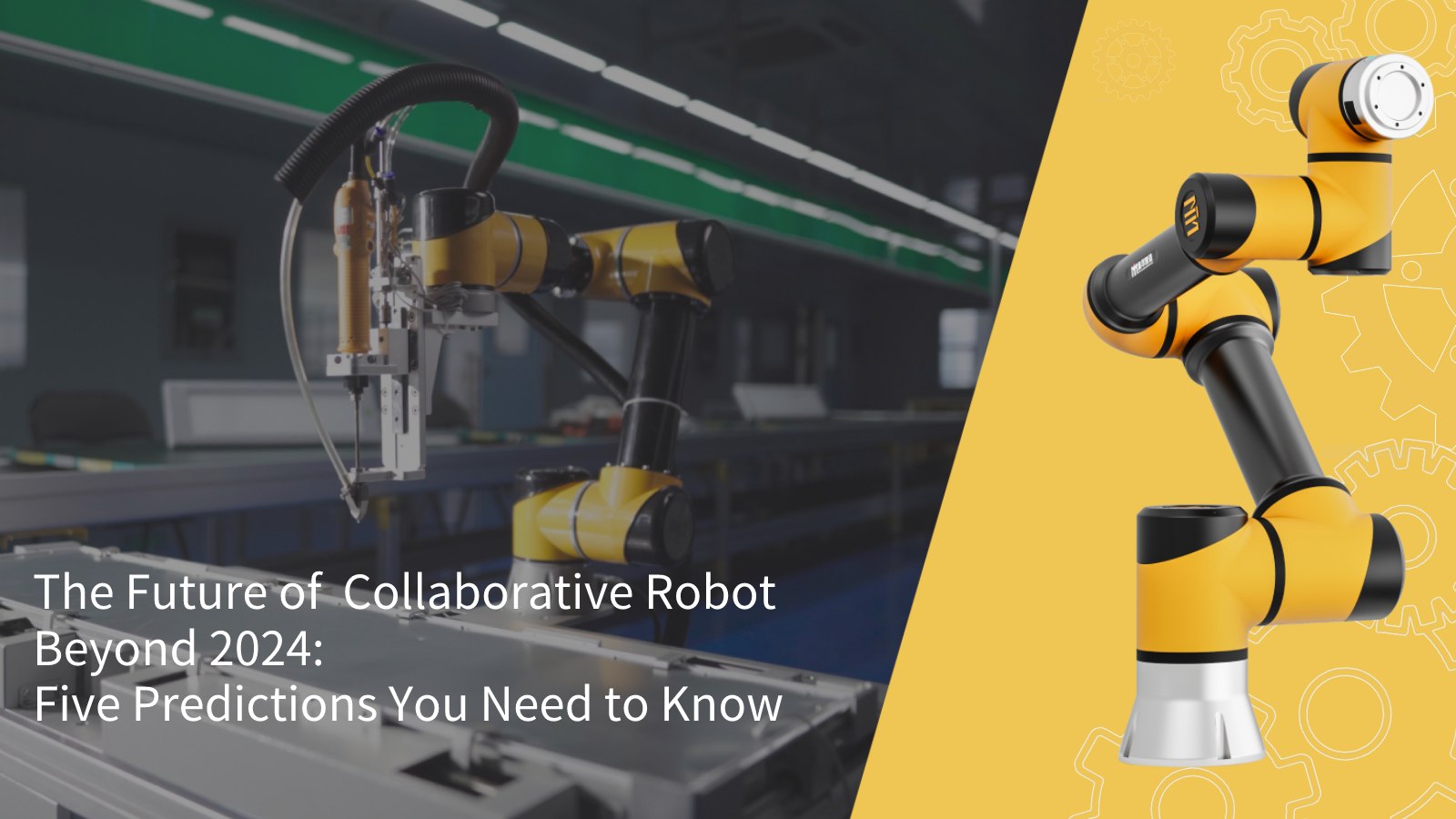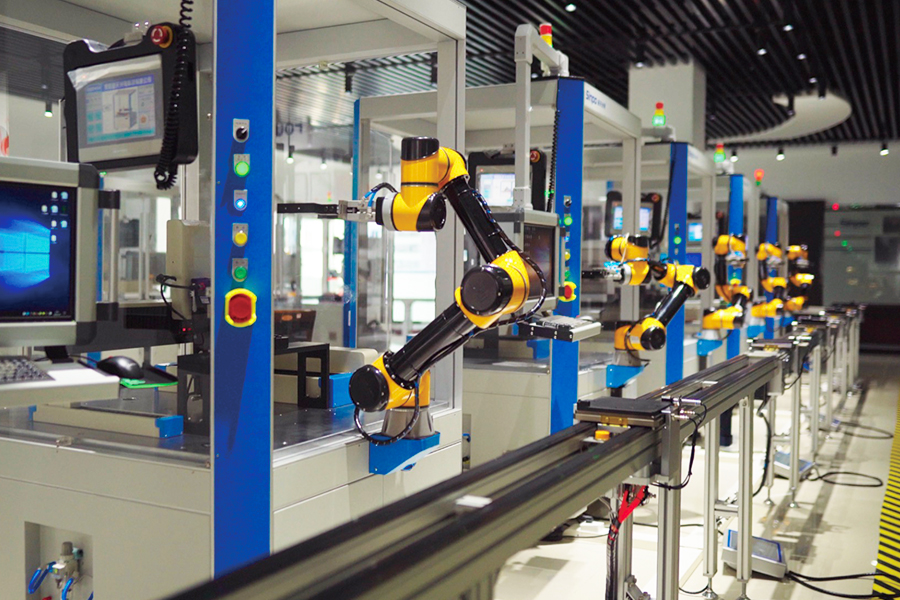
As a professional futurist specializing in robotics, I can provide insights into the future of collaborative robots (cobots) beyond 2024. Here are five predictions for industry experts and stakeholders to consider:
Explore expert predictions on the future of collaborative robots (cobots) beyond 2024. Discover how advanced human-robot collaboration, customization, safety enhancements, augmented intelligence, and ecosystem collaboration will shape the robotics landscape. Stay ahead in the industry with insights into the evolving role of cobots across diverse sectors and the opportunities and challenges they pr


As a professional futurist specializing in robotics, I can provide insights into the future of collaborative robots (cobots) beyond 2024. Here are five predictions for industry experts and stakeholders to consider:
Stay ahead in the industry with insights into the evolving role of cobots across diverse sectors and the opportunities and challenges they present for businesses and workers alike.
No.1.
Advanced
Human-Robot Collaboration
Cobots will evolve to seamlessly integrate into various industries, working alongside humans with increased autonomy and adaptability. This collaboration will extend beyond manufacturing to areas such as healthcare, retail, logistics, and even household chores. Advanced sensors, AI algorithms, and natural language processing capabilities will enable cobots to understand and respond to human commands more effectively, facilitating safer and more efficient teamwork.
No.2.
Customization and Flexibility
Future cobots will be highly customizable and adaptable to diverse tasks and environments. Manufacturers will offer modular designs and software solutions that allow users to easily program and reconfigure cobots for different applications without extensive retraining or reprogramming. This flexibility will drive greater adoption across small and medium-sized enterprises (SMEs) and industries with rapidly changing production needs.
No.3.
Enhanced Safety Features
Safety remains a top priority in human-robot collaboration. Beyond basic safety protocols, future cobots will incorporate advanced features such as predictive analytics, real-time monitoring, and intelligent motion planning to prevent accidents and minimize risks in dynamic environments. These advancements will enable closer interaction between humans and cobots without compromising safety standards.
No.4.
Augmented Intelligence and Skill Transfer
As cobots become more intelligent, they will not only assist humans in performing tasks but also augment human capabilities through skill transfer and knowledge sharing. Advanced cobots will analyze human behaviors and workflows to identify inefficiencies and suggest improvements. They will also serve as educational tools, providing real-time feedback and guidance to help workers learn new skills and optimize their performance.
No.5.
Ecosystem Collaboration and Standardization
The robotics industry will witness increased collaboration among stakeholders, including manufacturers, software developers, integrators, and end-users, to drive innovation and standardization in cobot technologies. Open-source platforms, interoperable software interfaces, and industry consortia will emerge to foster collaboration, accelerate technology adoption, and address common challenges such as interoperability, cybersecurity, and regulatory compliance.

Overall, the future of collaborative robots beyond 2024 promises exciting opportunities for increased productivity, safety, and innovation across various industries. However, stakeholders must remain vigilant and proactive in addressing emerging challenges such as ethical considerations, job displacement, and societal acceptance to ensure the responsible and sustainable integration of cobots into the workforce.